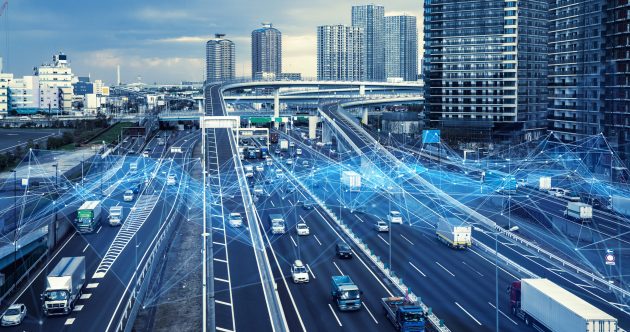
Features on-demand to revolutionize European OEMs’ connected car services
by CM Staff
Electric vehicles and eCall regulations will predominantly drive telematics adoption in Europe, finds Frost & Sullivan

PHOTO: Frost & Sullivan
SANTA CLARA, Calif. — Frost & Sullivan’s recent analysis, Strategic Analysis of European OEMs’ Connected Services and HMI Solutions, finds that original equipment manufacturers (OEMs) in Europe are competing for the top position in the connected car segment as its two key domains, connected services and human-machine interfaces (HMI).
According to the report’s findings, telematics services are expected to achieve a penetration of 90% in Europe, while more than 60% of vehicles will have wider infotainment displays controlled by touch or gestures, with artificial intelligence (AI)-based digital assistants being omnipresent, by 2025.
“Automakers in the EU need to rethink their strategies and build a robust outline for connected cars by redesigning electrical as well as electronic architectures from the ground up to introduce services and HMI features befitting for 2025 and beyond,” said Suhas Gurumurthy, industry analyst, automotive & transportation at Frost & Sullivan, in a prepared statement. “Additionally, marketplace and feature on-demand (FoD) will entice customers with a new and improved in-vehicle experience, thus providing opportunities for automakers to generate recurring revenues.”
Gurumurthy added: “Due to uncertainties posed by the impact of COVID-19 on the global market, the connected car market is expected to face turbulence. However, deployment will accelerate as services such as emergency and crisis assist are considered essential by both automakers and customers.”
Growth prospects for OEMs include:
- Offering top-of-the-line features such as remote services and personalization to retain customers and appeal to prospective customers that seek these features.
- Focusing on the production of wide-screen displays and driving AI-based digital assistants that have been installed with gesture-capable hardware.
- Adopting capabilities such as cloud platforms, AI, and machine learning, which will be the norm in the future automotive business, to develop a personalized experience for customers and establish new business models for automakers.
- Prioritizing connected navigation as a standard, even on the lowest model variants.